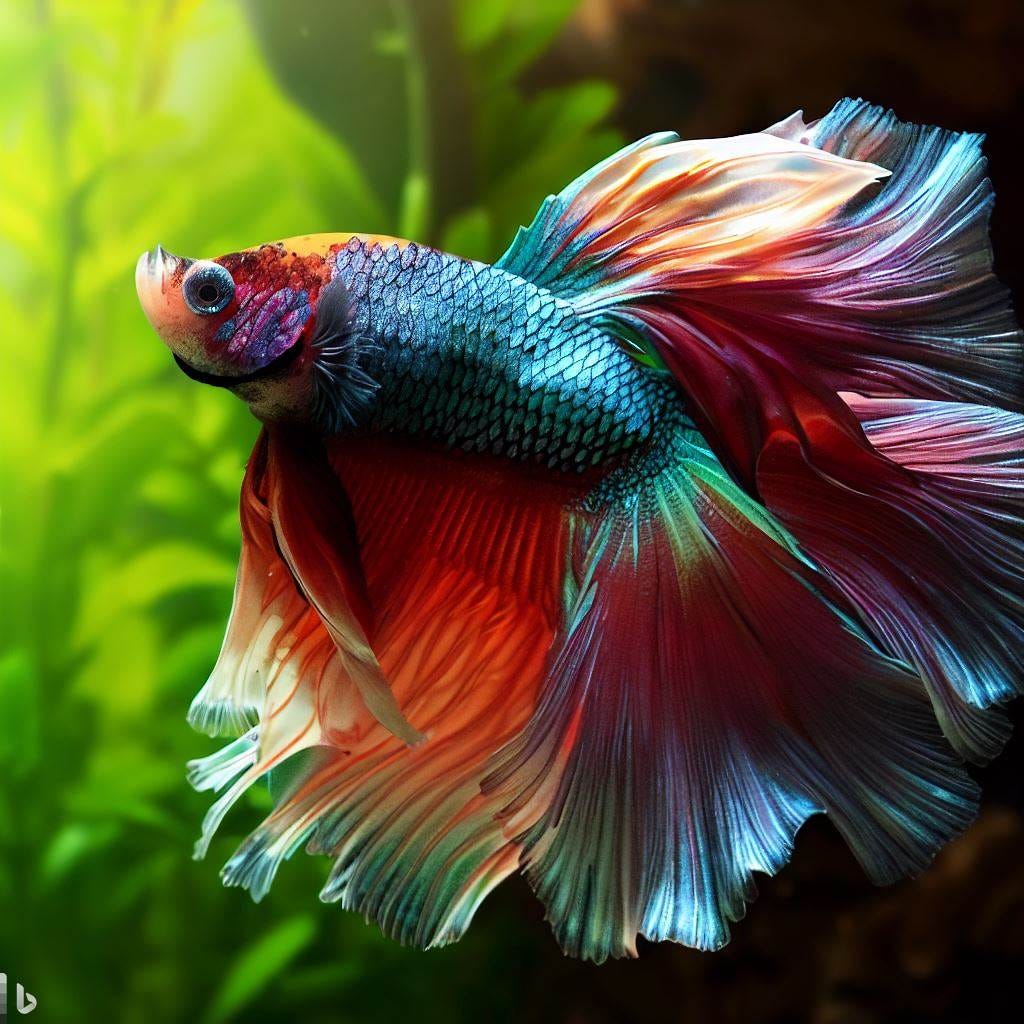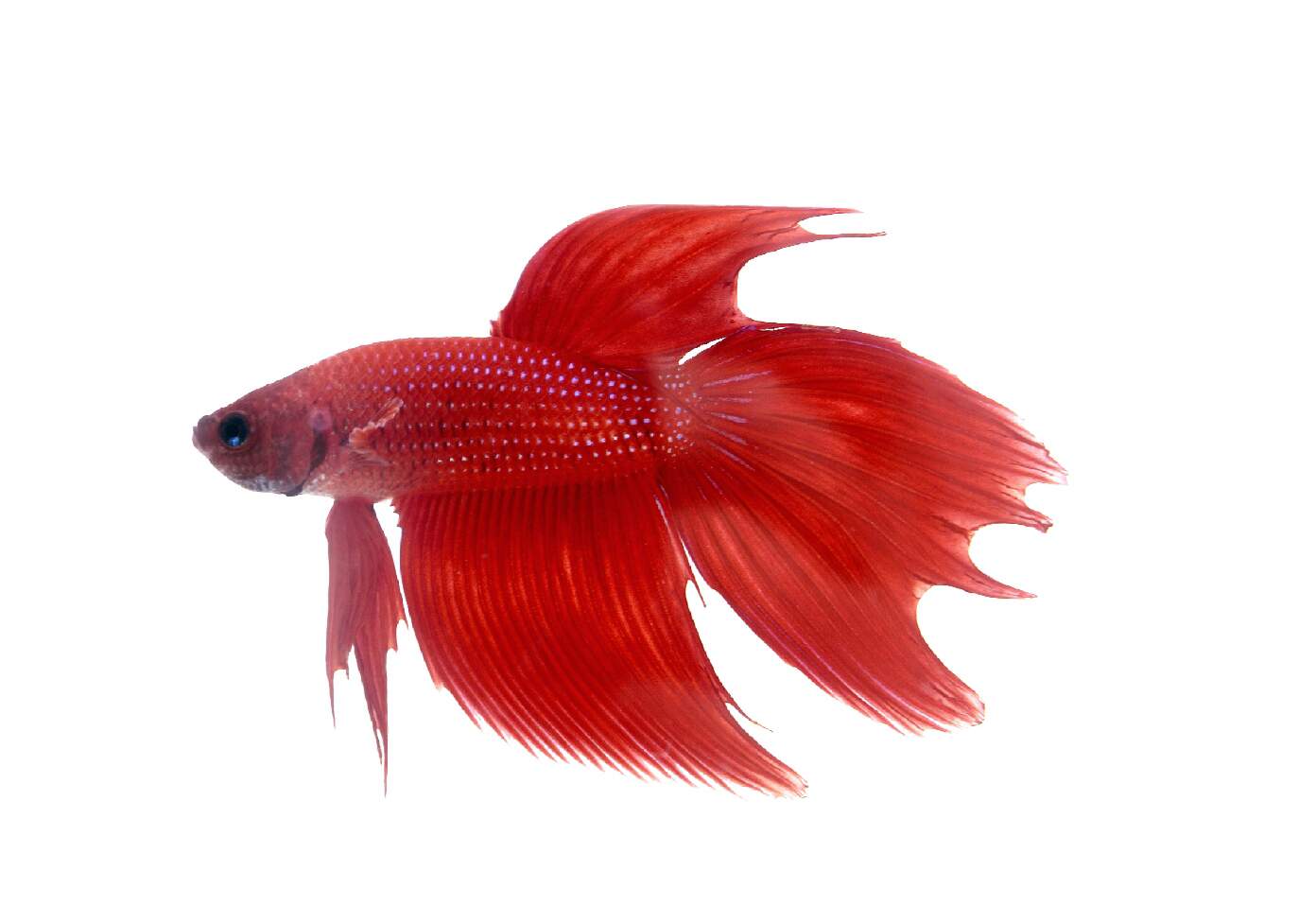Betta Fish Care: Important Tips for a Healthy and Pleased Family Pet
How to Reproduce Betta Fish Efficiently: Professional Strategies and Insights for Hobbyists Seeking To Broaden Their Betta Collection
Breeding Betta fish calls for a nuanced understanding of genes and ecological conditions, making it essential for hobbyists to come close to the procedure with both persistance and care. Creating an optimal breeding atmosphere, picking the ideal pairs, and observing the details of their courtship behaviors are foundational actions that can substantially affect the result. Moreover, the succeeding treatment of the fry is crucial for ensuring their healthy development. As we explore these vital parts, it comes to be clear that effective breeding is not nearly the first pairing however incorporates a wider method that advantages careful consideration.
Understanding Betta Fish Genes
Comprehending the genes of Betta fish is crucial for successful breeding, as it affects traits such as shade, fin form, and actions. Betta fish display a diverse selection of colors and patterns, mainly established by their genetic makeup.
In enhancement to coloration, fin morphology is another substantial aspect of Betta genes (betta fish). The shape and dimension of fins are influenced by numerous genes, including those that determine whether the fins are brief, long, or veil-shaped. Recognizing these genetic variants assists dog breeders anticipate the phenotypic outcomes of their spawn
Moreover, behavior attributes such as aggressiveness and territoriality can likewise be affected by genes. These actions play a vital function in the reproducing procedure, as they can affect spawning success and the general character of the resulting fry. By adequately understanding these genetic concepts, dog breeders can make enlightened choices, inevitably enhancing their breeding programs and accomplishing desirable outcomes.
Preparing the Breeding Environment
Producing an optimal breeding setting is vital for the effective reproduction of Betta fish. The initial step in preparing this environment is to pick an ideal breeding tank, ideally ranging from 5 to 10 gallons.
Following, consider the usage of a sponge filter or an air rock to offer mild water circulation without producing solid currents that can emphasize the fish. It is necessary to mount plants or reproducing cones to provide hiding areas and advertise convenience for the lady throughout the spawning procedure. Drifting plants, such as Java moss or water sprite, can likewise produce an extra native environment while assisting in bubble nest building by the male.
Before introducing the breeding pairs, guarantee the water is conditioned and cost-free from hazardous chemicals, such as chlorine or heavy steels. betta fish. Normal water changes should be conducted to maintain optimal water high quality, boosting the possibilities of successful reproduction. With these prep work in position, the breeding environment will certainly sustain the health and wellness and wellness of both Betta fish
Picking Reproduction Pairs
Selecting the best breeding pairs is essential for accomplishing effective Betta fish recreation. Healthy Betta fish display vibrant colors, clear eyes, and active habits.
Personality is another vital consideration, as Betta fish are recognized for their hostile nature. It is recommended to choose a male and female that exhibit compatible temperaments to minimize anxiety during the breeding process. A calm male can motivate a smoother courtship, while a lady that is also aggressive may disrupt the process.
Genetic background likewise plays a considerable duty in the top quality of the spawn. Reproducing fish that are genetically diverse can decrease the risk of hereditary health and wellness concerns and improve the general vigor of the fry. It is advantageous look here to investigate the family tree of both the male and lady, concentrating on preferable qualities such as fin type, color scheme, and size.
The Reproduction Process
The reproduction have a peek at this site process of Betta fish requires cautious planning and focus to detail to guarantee a successful end result. It is vital to prepare an appropriate reproduction storage tank, preferably a 5-10 gallon fish tank with a temperature maintained at 78-80 ° F. The tank must be geared up with a heating unit, filter (ideally sponge type to avoid solid currents), and lots of aquatic plants for the lady to conceal.
Once the environment is set, introduce the picked breeding pair to the tank, enabling them to adapt. Observe their actions; the man will display elaborate courtship rituals, consisting of flaring his fins and developing a bubble nest. If the lady reveals passion, she will certainly present upright red stripes indicating readiness for spawning.
When the woman is responsive, the pair will certainly involve in a mating embrace, during which the male feeds the eggs. Keeping optimum water conditions throughout this duration is necessary for the advancement of healthy and balanced Betta fry.
Caring for Betta Fry

Feeding Betta fry is important, as they require a diet regimen high in healthy protein. They can be fed infusoria or liquid fry food, transitioning to carefully crushed high-grade pellets as they expand. Feed little portions numerous times a day to encourage healthy and balanced development without overloading the storage tank with leftover food.

As they mature, monitor their development closely and divide any type of aggressive people to avoid injury. By giving a supporting atmosphere and correct nourishment, enthusiasts can efficiently increase Betta fry right into vibrant, healthy fish, inevitably enhancing their breeding ventures.
Verdict
Successful Betta fish breeding requires precise interest to hereditary choice, ecological conditions, and take care of the fry. By comprehending the genes of Betta fish and preparing an ideal reproduction environment, hobbyists can enhance the chances of producing dynamic, healthy offspring. Selecting compatible reproduction sets and very closely checking the courtship and generating processes are necessary. Offering ideal treatment for the fry guarantees their healthy and balanced advancement, contributing to a growing Betta collection.